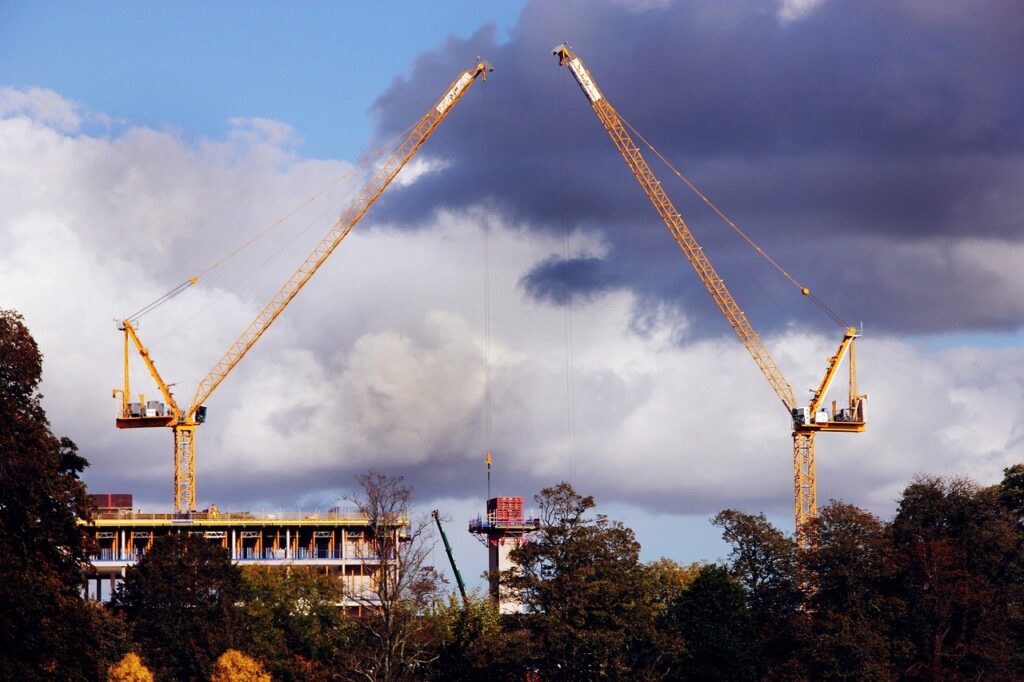The potential of artificial intelligence seems to be of important discussion among the manual labourers and the tech circles. Everyone, it seems, from your neighborhood tradesmen to Facebook CEO Mark Zuckerberg to Tesla product architect Elon Musk has an opinion on how AI can and will impact our everyday lives. For the construction industry, the question is how will today’s AI technology impact the construction of tomorrow?
A few years ago, artificial intelligence (AI) was just a story you find in sci-fi novels. Today, it is a reality we live with every day, from our news feed to our online shopping software. AI is no longer a fanciful concept of the future. It is now something we experience and benefits from today.
Artificial intelligence has limitless potential and advantages that penetrates all industries, its convenience and usefulness are leaking through our daily lives. The launch of self-driving cars from the automotive industry means faster transportation and a significant reduction in accidents and emissions. For the construction industry, early adopters are using technology to increase construction efficiency, safety, and quality.
Big data
Artificial intelligence is an aggregative term for describing when a machine mimics human cognitive functions, like problem-solving, learning and pattern recognition. AI is capable of machine learning where algorithms are used to equip a machine to learn from the data it’s exposed to. A machine becomes better at understanding and providing insights as it is exposed to more data.
At a time when massive amounts of data are created every day, AIs are exposed to an endless resource to learn and adapt from every day. Zooming in to the construction industry, the data generated in construction sites is growing. Data generated from images captured from mobile devices, drone videos, security sensors, building information modelling (BIM), and others have become a pool of information.
The construction sector has been adopting technology for capturing data. The challenge now is implementing a system that would be able to manage all these captured information to allow both construction professionals and customers to benefit the most out of it.
Increased efficiency, improved safety
For early adopters in construction, AI programs deliver precise data and insights, which help contractors optimise worksite safety, value, and productivity. For example, companies like Skanska and Arup, use a management platform that uses AI to sift through a massive database of images and videos taken at a jobsite to spot potential hazards.
Their software uses image recognition algorithms to identify specific search criteria, like safety vests, hard hats, and hi-vis colors to filter images of construction workers not wearing proper safety gear who may possibly be violating safety guidelines. Within a short amount of time, search results can be collected and sent to the site supervisor – usually an arduous task that would take hours to complete.
Some manufacturers are exploring emerging technologies and how they can increase safety for jobsite personnel. Out of this exploring comes an operator assist program which uses AI algorithms to detect and decipher specific objects using computer vision methods.
The system can alert the operator with a warning message and thereby can reduce accident risks. Aside from increased safety, AI can perform repetitive and dangerous labour-intensive tasks. Machine intelligence programmers say that AI can help inexperienced machine operators to accomplish complex tasks. They believe that this is particularly useful in the construction industry that’s finding it pretty difficult these days to source highly skilled operators.
Machines versus humans
More people are getting worried about losing their employment as more jobs can be automated. Experts, however, say that the rise in the use of AI is not as frightening as science fiction stories suggest. Automation and automated machines are just one component of evolution. Back in the days of the first hydraulic machine, people had the same trepidation. However, with change came new opportunities. Specialists believe that the same thing is happening with the debut of artificial intelligence. The use of AI will be slow and steady but by the time automation and machines are applied into construction, new jobs will have been generated to supplement and complement them.
Robotic solution on construction labour shortage
For CEO Steve Muck of Brayman Construction Corporation, he believes that the American labour shortage in the construction sector can be saved with a robotics-based solution. According to him, the past ten years has been difficult when it comes to finding workers. With their robotics solution of rebar-tying, it has saved lots of time while reducing injuries workers get while manually tying rebars.
Big data is currently transforming the construction industry. It would be interesting how AI would unfold in the construction sector and how it would change the work of construction workers. Complement this article with how new ideas can solve the industry’s poor delivery practice. BIM has been one of the technologies that have been slowly transforming the industry – read about BIM maturity and practices in the Netherlands to see a glimpse of its use in Europe. This article’s reference is linked here.




